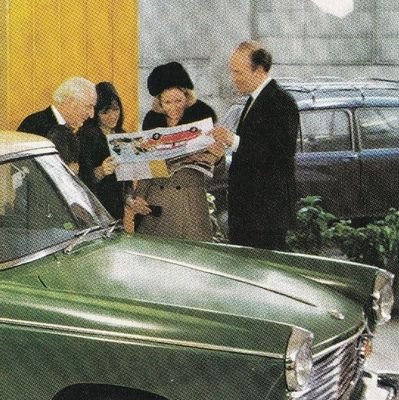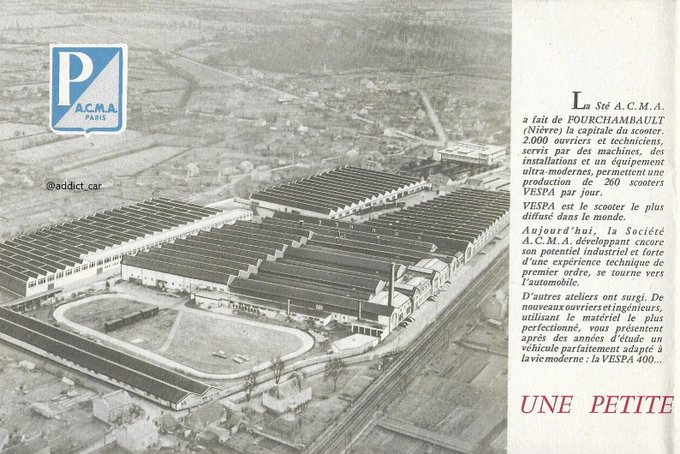#MicrocarMonday One of the most stylish microcars of its day, the Piaggio-designed Vespa 400 stood out with its chic fold-down fabric roof. Launched in 1957, it was built at a factory in France and reportedly 12,000 were made before its demise in 1961. #carbrochure #Vespa
@Toobydoo @rhydsnewi Yes, these two were sold alongside the 300C and Grand Voyager in showrooms, but only briefly.
Life was about to get tougher in France for Renault's 2-litre offering, the Frégate, shown in this 1955 brochure. Citroën was gearing up to launch the futuristic DS in 1956. It would make the Renault - shown in Amiral and Affaires trim - seem rather staid. #carbrochure #Renault
The brochure noted that the Popular 100E offered 'startling value' and included pictures of the type of people Ford thought would buy the model. It was particularly aimed at individuals looking to purchase their first new car. The Popular stayed in production until 1962
The 660cc Daihatsu Copen for the British market also had an unusual amount of accessories available for such a low-volume car. The brochure features the option of Minilite alloy wheels, various stripes, spoilers and side skirts, plus wood trim for the interior.
At the time, BMW-owned Rover's slogan was 'Relax, it's a Rover' and the cars were positioned as offering greater comfort and luxury than class rivals to justify the price. Burr walnut trim was standard on even the basic 211i model.
There had also been an Octavia saloon, first seen in 1959, and a development of the earlier 440 model. This front-engined 2-door was retired in 1964 after Škoda took a very different path with the 1000MB.
Like many of the company's designs, the look of the SsangYong Actyon was quite challenging when it first appeared, but it helped pioneer the coupé-SUV look later adopted by others. This 2007 brochure is Belgian (oddly the model wasn't sold in the UK). #carbrochure #SsangYong
The Abarth Punto Evo was dressed up inside as well as out, but despite looking the part and some positive reviews at its introduction the model failed to capture the hearts of buyers and fairly soon faded away.
Opel's second-generation Ascona was launched in 1975 and is shown with mostly quite basic trim in this Dutch brochure. The model initially came with three engines, each with two stages of tuning. The range started with an 1196cc 55bhp model. #carbrochure #Opel

































